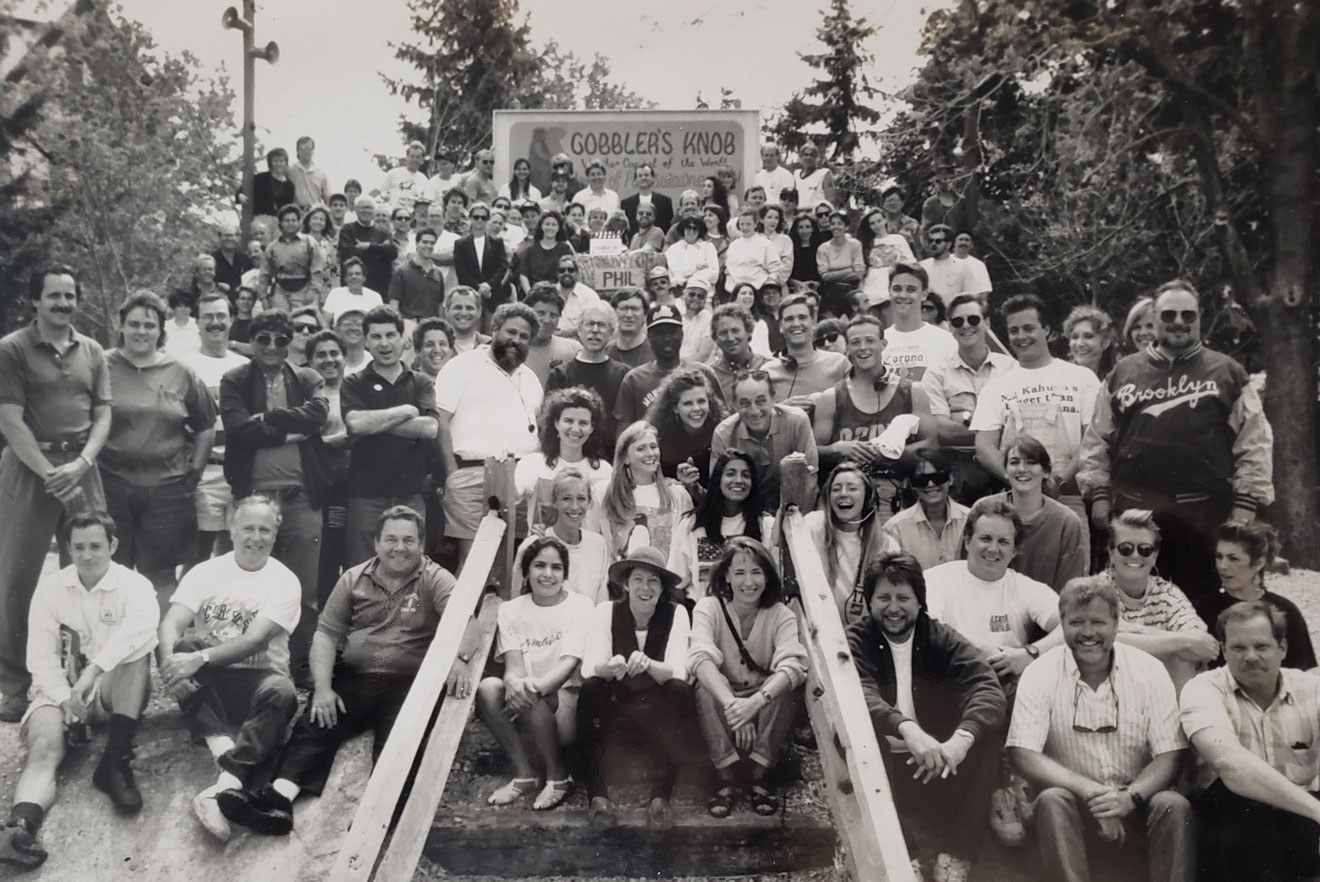The Best Marketing Strategy? Be Genuine

Yes, it’s the month for Valentines, but at JMS Marketing, it’s also a celebration of Groundhog Day. Why? Because the movie from Columbia Pictures, Groundhog Day, was one of our first clients.
This popular movie became an iconic hit thanks to the creative collaboration of Danny Rubin and the late, great Harold Ramis. And once the production company settled on the midwestern town of Woodstock, Illinois for filming (after scouting more than 60 towns), the founder of JMS Marketing, Jean Marie Saidler, was hired to assist their locations department in developing communication campaigns for the local merchants and residents who would experience the realities of filming a movie. It was a fascinating project, and Columbia Pictures made a genuine effort to deliver clear, credible information. This small, Midwest town was about to turn into a movie set. Because of this, they knew that communications needed to be one of its top priorities during production.
Fast forward over 30 years and it’s enlightening to see how both the production company and the movie’s main protagonist, Phil Connors, realized the value of being genuine and authentic. Open, honest communication with local businesses and residents helped move production along without too much disruption. Additionally, Phil discovered the value in being genuine. He became sincerely interested in the town which provided the solution to ending the curse of living the same day over and over…and over again.
Today, genuine, authentic marketing communication, void of hype and hyperbole, is more important than ever. Yet it’s easy to fall back on cookie cutter marketing techniques, stock graphics, and canned marketing jargon when pressured by increasing cost reductions, slow revenue growth, last-minute order changes and/or incessant supply chain issues that impact sales.
There is a solution.
 Companies who want to strike a chord with their customers can position themselves as genuine solution providers with credible resources such as case studies.
Companies who want to strike a chord with their customers can position themselves as genuine solution providers with credible resources such as case studies.
Yes, we’ve heard all the objections from sharing trade secrets to exposing valuable production data. Yet by keeping case studies short and positioning them more as success stories, the details can be positioned around how you met the client’s challenge rather than getting into sensitive data details. Besides, most B2B prospects understand the nature of proprietary information. They accept this as a normal practice and will admire that you respect it.
If your challenged with developing case studies, consider the following:
“Success Stories”
Success stories capture the client’s perspective. Offer information on what you were asked to do and how you were able to accomplish the task. Going into details about how you met the challenge helps you respect your client’s proprietary info. Did you accomplish the project on time? Did you deliver additional value or spot additional efficiencies and value for the client along the way? Did you experience budget challenges? How was that accomplished?
“Use Case” Option
This type of B2B content describes how customers can use your product or service to experience results they wish to achieve. You can share specific products and benefits and their key characteristics by describing their use in an existing situation.
For B2B prospects, sales are much more of a process. They include longer sales cycles and multiple levels of approval. That’s why genuine communication is so important. Think in terms of your prospects’ needs rather than your product. Obtain a deep understanding of your targeted audience and what motivates them to make decisions and you’ll both get your jobs done.
After all, even when Phil broke the curse, the first question he asked Rita (Andie MacDowell) was, “What can I do for You?” It wasn’t about him anymore. It was about another’s needs.


